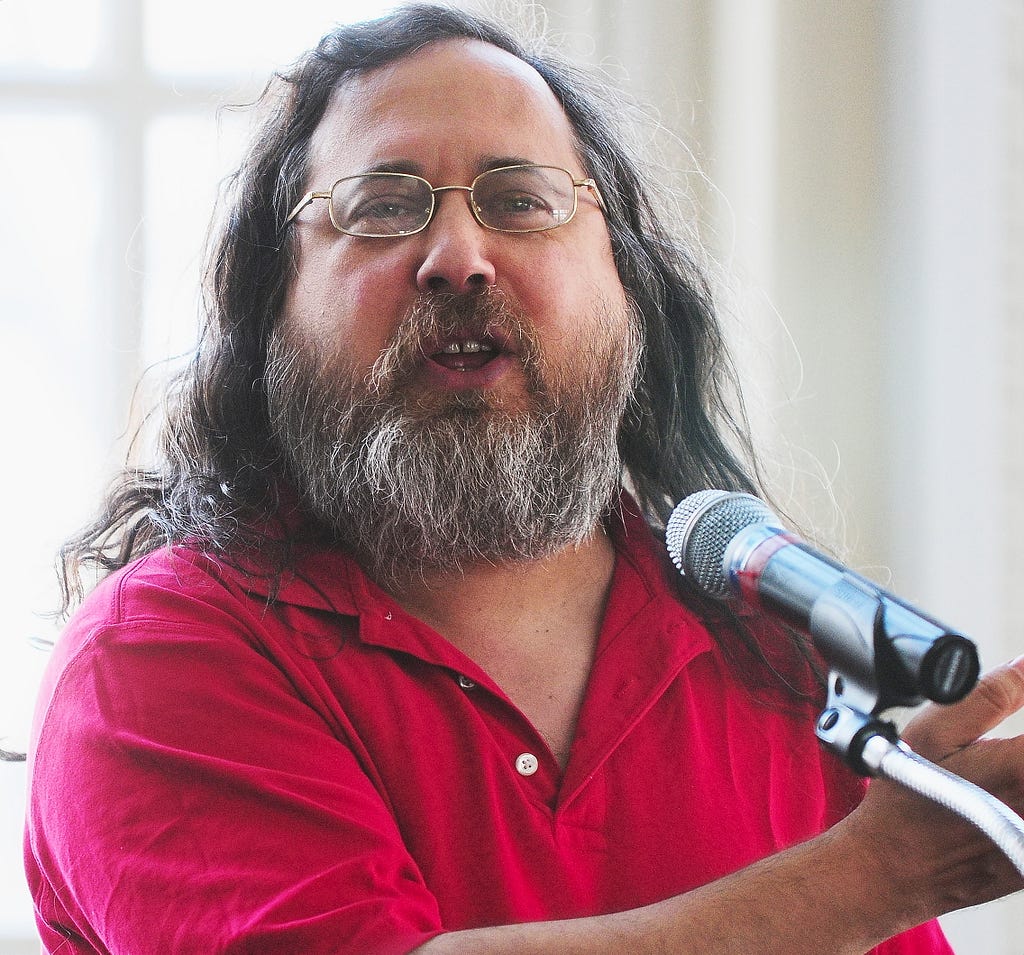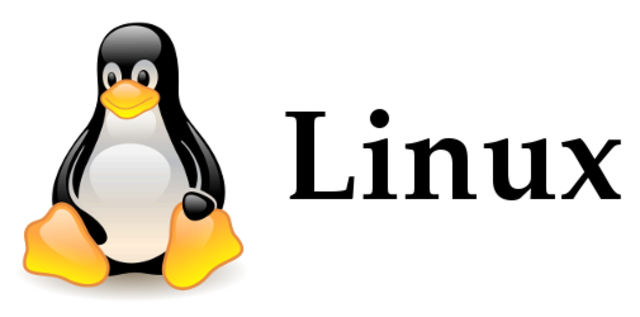Latest news about Bitcoin and all cryptocurrencies. Your daily crypto news habit.
‘Software is meant to be FREE.’ A Brief History of Open Source
The term “Open Source”, although popular now — has only been defined as an actual term since it’s inception in the late 70’s and early 80’s. The open source software movement came from a widespread revolution, completely altering how software was developed — leading to the most commonly accepted community generated software development method — widely accepted over the last 40 years.
Initially, programmers could not come up with a good name for such an unusual idea or its possible applications. Software was always developed in house, by companies and conglomerates. However, the open source methodology quickly became (and still is) the most widely used software design and development method, lending us many popular and stable software solutions. This text gives an overview of the history of open source software along with the free software vs. open source movement.
In 1971, Richard Stallman, a young software engineer from Harvard, joined the MIT Artificial Intelligence Lab in a bid to contribute to the development of computing platforms. Only serving in this role for a few years, proprietary software took over the software market with many talented MIT developers joining privately held tech companies. By the early 80’s, the MIT AI Lab where Stallman worked became extinct as it lost most of its talented developers to the booming private software market.
Stallman, extremely turmoiled by the privatization of the industry did what a hero of any good story would do, and decided to do something about it. Being intimately engaged in the field, he was well aware that customers were in need, and wanting software they could fix and debug themselves — not just software they could operate. The majority of software around this time was controlled in its entirety by the developer — where individual user rightss were completely removed. This major pain point, was what the MIT AI Lab had failed to incorporate into its software development strategies.
The Advent of Free Software, Movement
Based on his analysis, Stallman started his GNU Project in 1984. Starting with a compiler known as GCC and a few operating systems — Stallman believed that the GNU Project was the major stepping stone for the evolution of free software community.
According to Stallman, ‘software is meant to be free but in terms of accessibility and not price.’ So, in 1985, the Free Software Foundation (FSF) was founded. In accordance with FSF policies, software is considered free if the users have the freedom to:
· run software as they desire,
· modify software to suit their needs,
· update copies, either free of charge or for a token,
· distribute modified versions, for the benefit of the users in the community.
The FSF objective was to duplicate UNIX OS in such a way that a new system would allow users to have total control of it. By the early 90’s, due to Stallman’s initiative, there was an intense growth in the number of developers who used GNU, and many of them offered assistance in fixing the bugs they would detect. Stallman also started incorporating other programmers’ source codes into GNU. At the same time, to ensure IP protection of his software, Stallman developed the concept of copyleft.
Traditionally, software is protected using copyright and licensing terms, which closed sourced the code to prevent it from being modified. Stallman created the concept of copyleft, in which a program is first copyrighted, then, additional distribution terms are added. Everyone is given the legal rights to use, redistribute, or modify the program’s code without changing the distribution terms. The copyleft concept made the source code legally linked with the freedom of use.
Proprietary Software vs. Open Source Software
When the concept of open source just appeared, it started a battle royale between the advocates of proprietary software and open source software…. technically which has still never ended. Large market players such as Oracle and Microsoft considered open source as a threat to their proprietary IP and, in the bigger picture, their business model. Today many companies release proprietary software as well as open source projects, which has definitely increased in its popularity in the late 90’s and early 00’s. This strategy was meant to appease open source advocates and make the company seem friendly to the open source development community, all while protecting proprietary IP, or their “secret sauce”.
Open Source Software Movement
The next saga in the open source movement came after the Mozilla project was released by Netscape in 1998. A group of programmers lead by Eric Raymond gathered in Palo Alto to pick an alternative name for free software. After many discussions, Christine Peterson suggested the term ‘open source’. According to the activists, the main difference between open source software and proprietary software was the availability of the source code to users.
In 1999, Red Hat and Linux (open source operating systems) showed tremendous growth, which lead to greater awareness of open source projects. In the same year, IBM publicly announced its interest in Linux and invested $1 bln. in their future projects, playing nice with the growing community of open source developers. In 2000, Microsystems developed OpenOffice.org and released the source code of its StarOffice Suite platform.
Massive investments from the industry giants such as IBM and Sun Microsystems have resulted in the rocket-fast adoption of open source in the current tech industry. Although this is a very brief history, for Open Source, it sets the stage for my next favorite cutting edge topic which takes open source one step further — decentralization. Stay tuned for more.
Why Should You Read My Blog?
I have a passion for motivating, inspiring and educating businesses on how to leverage emerging technologies and digital marketing to stand out from the noise and reach their target consumers and clients. With over 9 years in enterprise biz dev and take to market strategy, I have helped both start-ups and enterprise organizations navigate complex markets in both traditional industries as well as bleeding edge technology fields.
I’m the Head of Marketing & Business Development at Bedrock Affect, a Forbes Contributor & Biz Dev Council member, a Hackernoon Contributor, an Entrepreneur and a huge nerd.
Forbes — https://tinyurl.com/forbessdc
Medium — https://medium.com/roi-overload
Twitter — https://twitter.com/sdouglasclary
Facebook — https://www.facebook.com/sdouglasclary
Instagram — https://www.instagram.com/sdouglasclary/
Linkedin — https://www.linkedin.com/in/sdouglasclary/
‘Software is meant to be free.’ A Brief History of Open Source was originally published in Hacker Noon on Medium, where people are continuing the conversation by highlighting and responding to this story.
Disclaimer
The views and opinions expressed in this article are solely those of the authors and do not reflect the views of Bitcoin Insider. Every investment and trading move involves risk - this is especially true for cryptocurrencies given their volatility. We strongly advise our readers to conduct their own research when making a decision.




